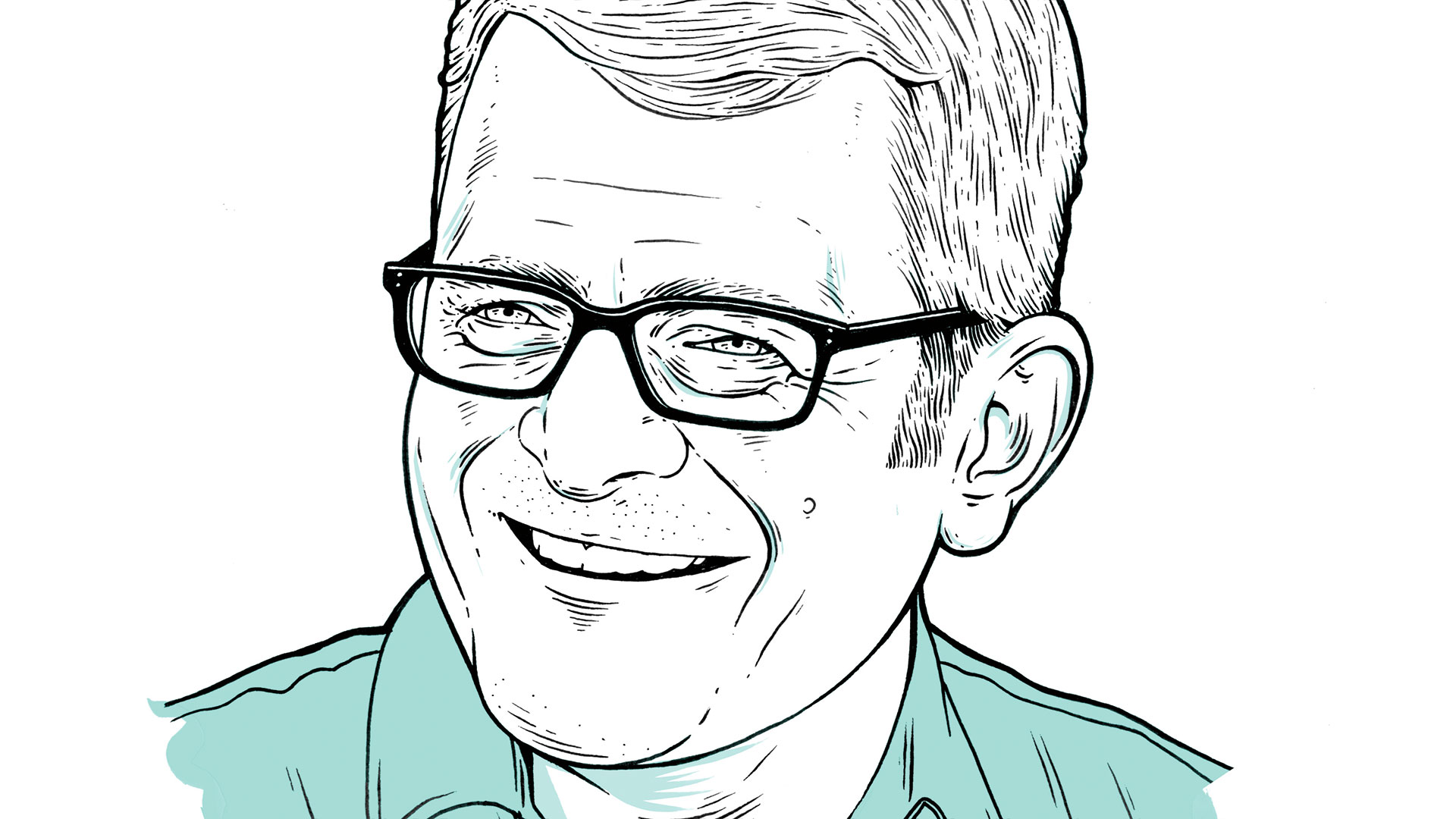Why design now matters
The new D&AD president, Bruce Duckworth, reflects on how design has moved from backrooms to the boardroom.

This feels like a fantastic time to be a designer. When David Turner and I started Turner Duckworth 24 years ago, advertising was at the top and design – our kind of design at least – was near the bottom. We'd get briefed by junior brand managers, interns and advertising agencies.
Design was a world of backrooms, basements and briefs on cigarette packets. But times have changed and brand owners are taking design seriously – putting design at the centre of the brand, and at the centre of their strategies for cultural engagement. Design has entered the boardroom. Why?
It's a design company cliché, but Apple changed everything. Apple took design seriously. From the subtleties of a radius on the corner of an iPhone or carefully chosen, beautifully set words such as Designed in California, to the most empathetic and intuitive user experience design, Apple put great design – and the full gamut of design – at the centre of the brand, and at the centre of advertising. People loved it, they took it into their lives and talked about it – and Apple became everywhere.
Design was a world of backrooms, basements and briefs on cigarette packets
Bruce Duckworth
I think brand owners saw what Apple was doing, and saw something new and really powerful. Certainly every one of our clients – from Coke to Coors Light to Burger King – have come to us with briefs that owe a lot to the Apple model.
Apple proved that design was really the key to gaining attention in an attention economy. In an age of diminished attention spans and infinite distractions, it's design that turns people's heads and holds their imagination, it's design that cuts through and makes things memorable. Consumers now also reject the anti-social, the interruption and the sell, so it's design that gets things liked, shared and taken into people's lives. Because of all this, it's design that makes modern brands famous.

This is something for designers to get excited about and to be proud of. Every day, designers across the world create things that endure long after the invoice has been settled: true business assets. We designed the Amazon logo twenty years ago, since then it's been printed on packaging over one hundred billion times. Think of all those desks and doormats Amazon's boxes have turned up on and think of the feeling you get when something arrives, and how the logo comes to stand for that. All that value is in something as simple as a logo.
People also like design in a way that they don't like other kinds of marketing. We've just redesigned Miller Lite, which is one of America's biggest beers, but one that had been slowly losing share until our client released a 'throwback' can as a promotion. People then started to literally fill their fridges up with it and post pictures online. There was no advertising, no nudging, people just loved the look of it and the values of it. So we built a whole visual identity on the back of what they loved.
Get the Creative Bloq Newsletter
Daily design news, reviews, how-tos and more, as picked by the editors.
Like with Miller Lite and our project Brawny, screens have become something of an acid test for us – they are the supermarket aisles of the 21st century. More than ever, design has to have an immediacy, a photogenic quality and a social quality.
Design opportunities are now everywhere from ring pulls to festivals to pop-ups, and today's brands are more productive and more creative than ever. Design is the glue that holds all this in place, but we have to work together. There's no way one discipline can do everything, and the best creative work comes about when we do work together – when filmmakers get together with lettering artists, when art directors get together with UX designers and when all of these people get together with activists, sculptors, biochemists, and so on. That's where the magic is.
But this is all contingent on design excellence and on creative excellence. Consumers expect creative excellence and so do our clients. I have a client whose ambition is to win a D&AD Black Pencil for design. How things have changed.
As I get ready to take my mantle as D&AD president, my agenda is not only to elevate creative excellence, as is the D&AD way, but also to elevate great design and to strengthen the relationship between D&AD and the design community. I want to give design an even louder voice.
I've got various ideas about how I want to do this, but one is a putting in a programme of professional development to help creative people of all kinds, but particularly designers, become better business people. We also need to make D&AD a hub for our creative community, a place where different types of creatives come together.
This article originally appeared in Computer Arts issue 258; buy it here!

Thank you for reading 5 articles this month* Join now for unlimited access
Enjoy your first month for just £1 / $1 / €1
*Read 5 free articles per month without a subscription

Join now for unlimited access
Try first month for just £1 / $1 / €1
